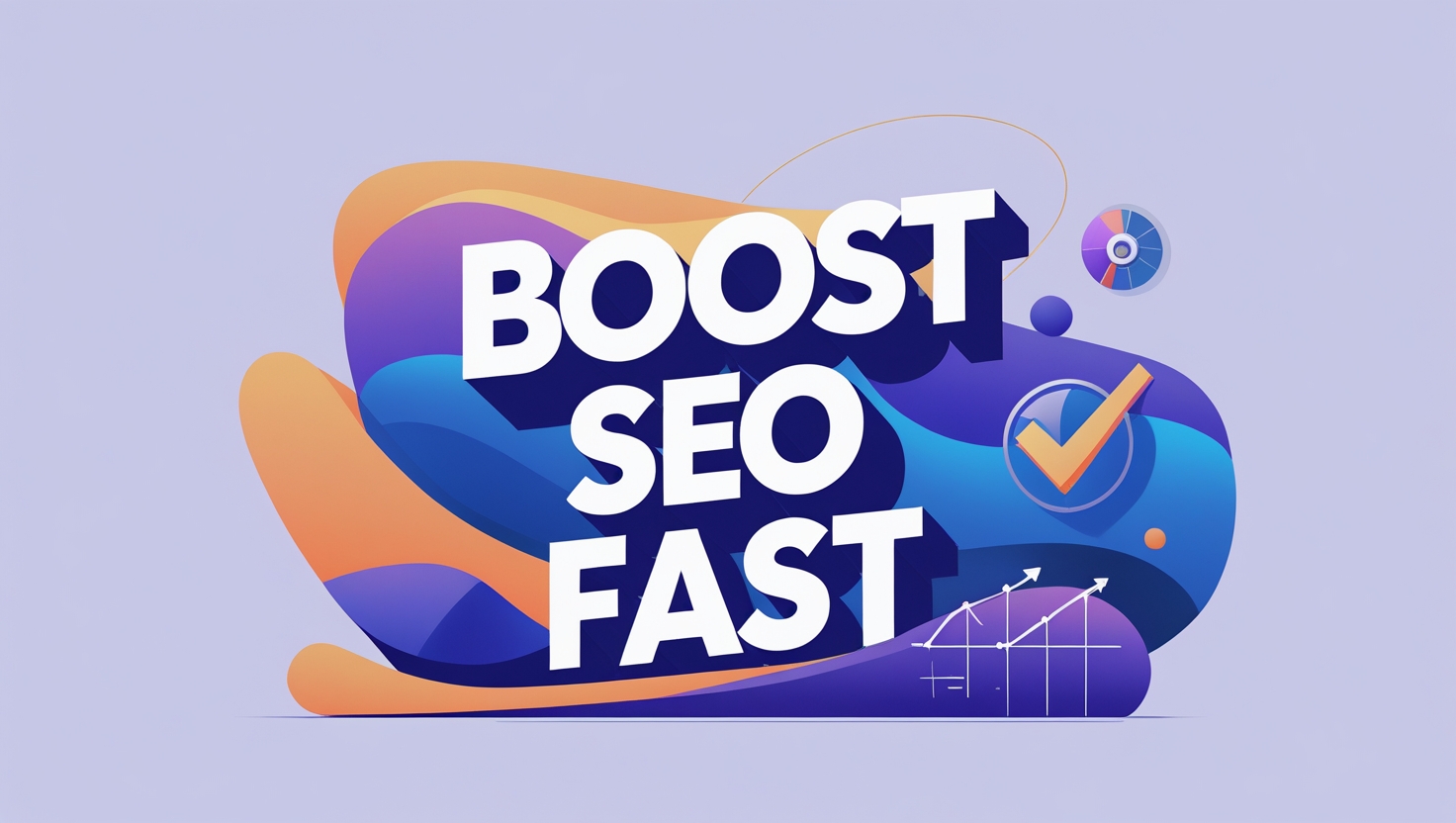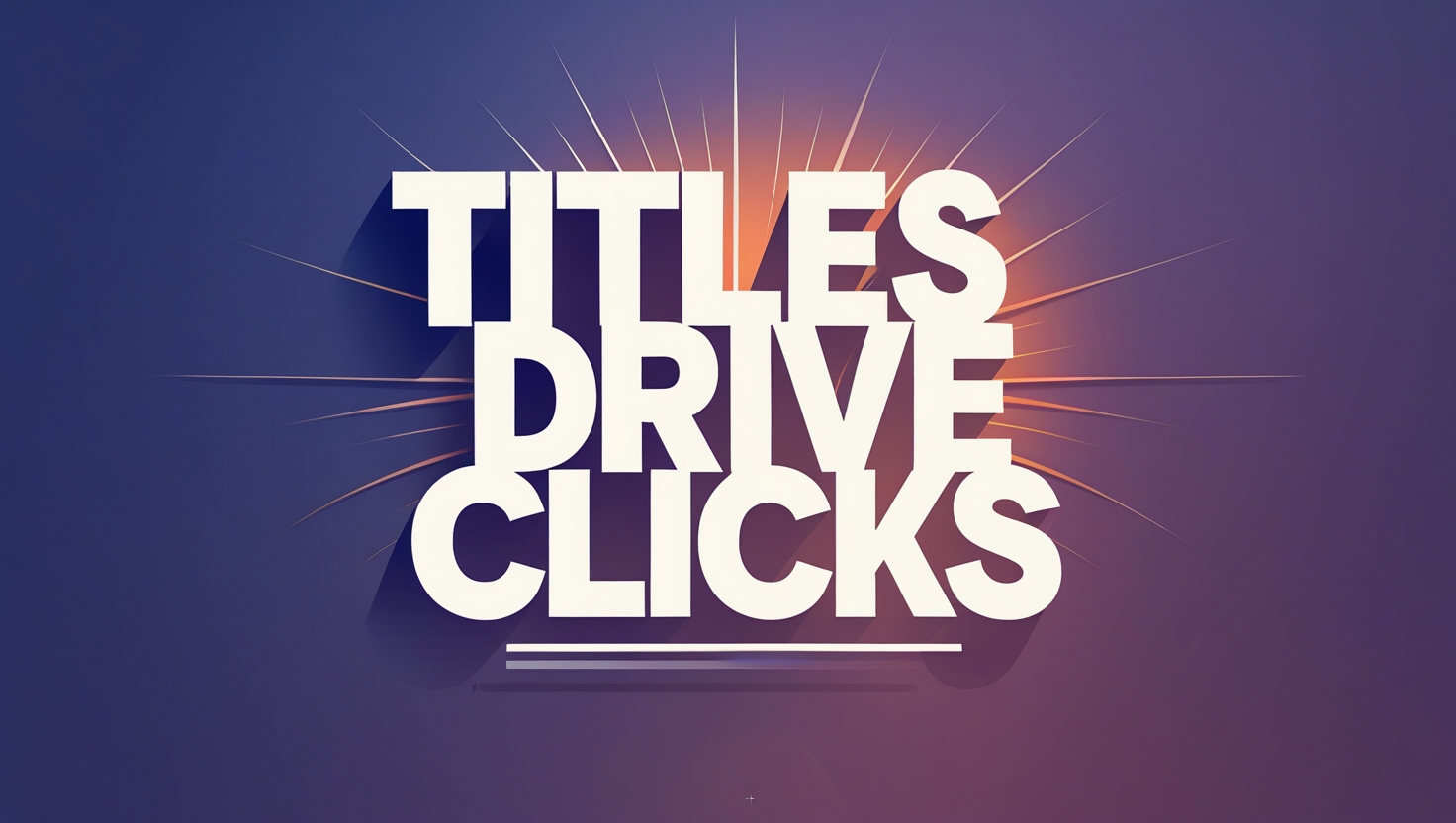14 | Mar
clevpro
14 Mar, 2025
On-Page SEO Best Practices: Optimize Your Website for Higher Rankings

What Are the Best Practices for On-Page SEO?
On-page SEO serves as the primary reason behind which websites achieve higher Google rankings than others. Search engines use on-page information to understand both the content subject and its potential value to users. On-page SEO produces daunting challenges when people begin learning about its implementation. The good news? Most website optimization needs basic tools with minimal jargon-based procedures. Readers who want a basic introduction to on-page SEO should continue reading this explanation.
Start with Keyword Research (But Don’t Obsess Over It)
A successful on-page SEO strategy starts with comprehending what terms your audience uses for searching. The search tool functions of Google Keyword Planner alongside AnswerThePublic enable users to discover the word combinations people use for content similar to yours. After selecting your essential keyword you should use it naturally throughout the text. The right amount of keyword usage acts like a spice—zero or excessive use creates unsatisfying results but perfect use creates harmony in the dish. The relevance of your content remains consistent through the use of related phrases to "vegan baking" including "easy vegan desserts" and "dairy-free recipes."
Craft a Compelling Title Tag
Search engines together with readers discover your title tag immediately when they visit your page. Google will display your complete title only if you keep it under sixty characters. Make it specific and action-oriented. The updated title becomes "Ten Effective Vegan Baking Tricks for Achieving Perfect Cakes Every Time." The specific description allows Google to understand the content and encourages readers to select your page among others.
Write Meta Descriptions That Click
The lengths of meta descriptions do not influence search rankings yet they play an essential role in determining how many users click through. Build a brief summary of 150 characters which contains your main keyword. You are preparing an advertisement message that says “Everyone who battles with vegan baking should look at this.” The article explains basic substitutions for dairy and eggs that help make light and delicious desserts. The text includes a brief statement about a specific issue together with a promised resolution.
Structure Your Content for Readability
Google loves content that’s easy to digest. Break up long paragraphs into short, scannable sections. Use header tags (H2, H3) to organize topics, like “Why Vegan Baking Fails” or “Essential Tools for Dairy-Free Desserts.” This helps search engines understand your page’s structure and keeps readers engaged.
Optimize Images Without Sacrificing Speed
Your website benefits from images that improve its appearance yet the performance of large image files leads to decreased speed. You should compress all your images using TinyPNG tools before you publish them to your website. Alternative text should always be descriptive because “vegan chocolate cake with coconut frosting” functions better than “IMG_1234.” The addition of alt text provides better accessibility to users and provides Google with context regarding image content.
Create SEO-Friendly URLs
Keep URLs short and descriptive. Avoid messy strings like “website.com/blog/post123.” Instead, use “website.com/vegan-baking-tips.” Insert your main keyword whenever possible in the text although maintain overall readability above keyword density.
Internal Linking: Guide Readers to Explore Further
The combination of linked relevant content pages from your site attracts readers while making it easier for search engines to find your content. Your detailed guide about vegan cookie recipes can be accessed through the mentioned keywords. Links should offer beneficial value to readers sinceredirecting them to dead ends disappoints everyone.
Focus on Content Quality Over Word Count
The belief that longer content achieves better search rankings should be thrown out. The quality of content that satisfies your reader's search question holds more importance than the article length. Handle the subject matter completely yet stay away from fillers and empty content. The solution can perform better through a 1,000-word article rather than a 3,000-word article which will be detected by Google.
Speed Up Your Page Load Time
The speed of your website leads visitors to leave potentially reducing your search engine position. PageSpeed Insights by Google enables online visibility of issues through its performance analysis which includes bulky code and unoptimized images. For better loading times you should both turn on browser storage and find another hosting solution because these changes will help performance.
Mobile-First Matters More Than Ever
Almost fifty percent of all web traffic originates from mobile phone devices. A non-responsive site combined with slow page loading on mobile platform results in visitor loss. Perform screening tests on your design with various screen sizes while simplifying interactive elements which may generate frustration for mobile users.
Final Thoughts
The practice of on-page SEO does not involve system manipulation since it focuses on providing optimized content which serves both search engine algorithms and human visitors. A proper foundation involving basic elements of on-page SEO should be your starting point followed by monitoring successes through Google Search Console and adjusting strategies accordingly. Repeated minor progress in SEO practices will result in substantial improvements across a long duration.








